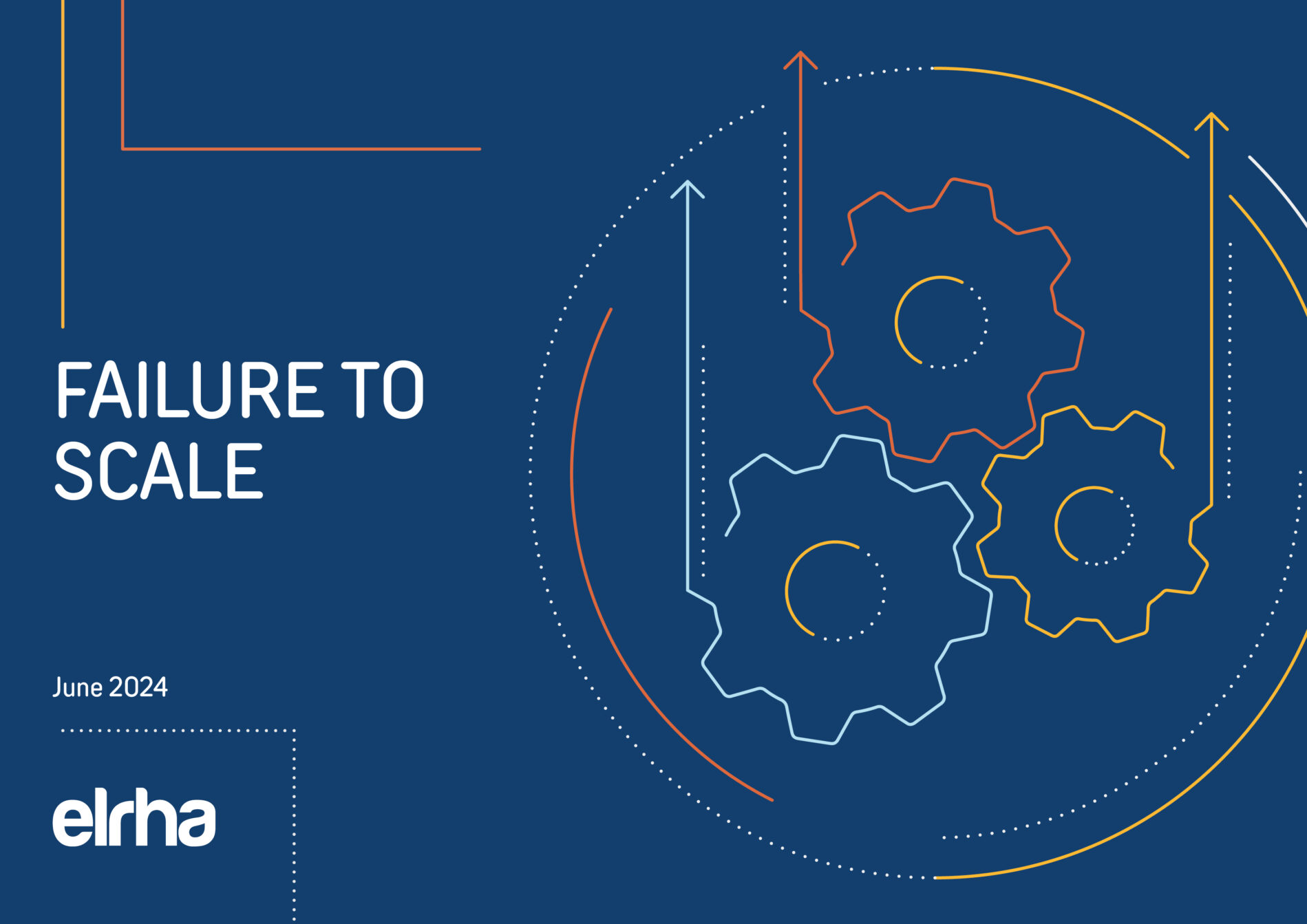Family formation among adolescent Rohingya refugees; Trajectories into adolescent marriage and childbearing in Cox’s Bazaar Bangladesh

This study investigates how humanitarian emergencies, particularly mass displacement, influence family formation trajectories among adolescent Rohingya refugees in Cox’s Bazar, Bangladesh. While marriage and childbearing are closely linked life events, they are rarely studied together in humanitarian contexts, and research has largely focused on females, overlooking adolescent males.
Using data from 1,565 females and 722 males aged 15 to 24, the study analysed time to first marriage and time to first birth, comparing age cohorts (15–19 and 20–24). Among 643 married females, researchers also examined the interval between marriage and childbirth.
Findings showed that females aged 20–24 had a 31% higher hazard of marriage overall and a 42% increased hazard of child marriage compared to those aged 15–19. Males aged 20–24 had a significantly higher hazard of marriage by age 25, though not by age 18. Roughly 20% of married females gave birth within one year, and 70–75% within three years of marriage, with no significant variation by age cohort or age at marriage.
The study suggests that displacement may have increased the risk of child marriage for both sexes but had little effect on timing of childbirth after marriage. The authors call for efforts to expand education, training, and livelihood options for adolescents in displacement settings to reduce reliance on early marriage as a coping strategy.